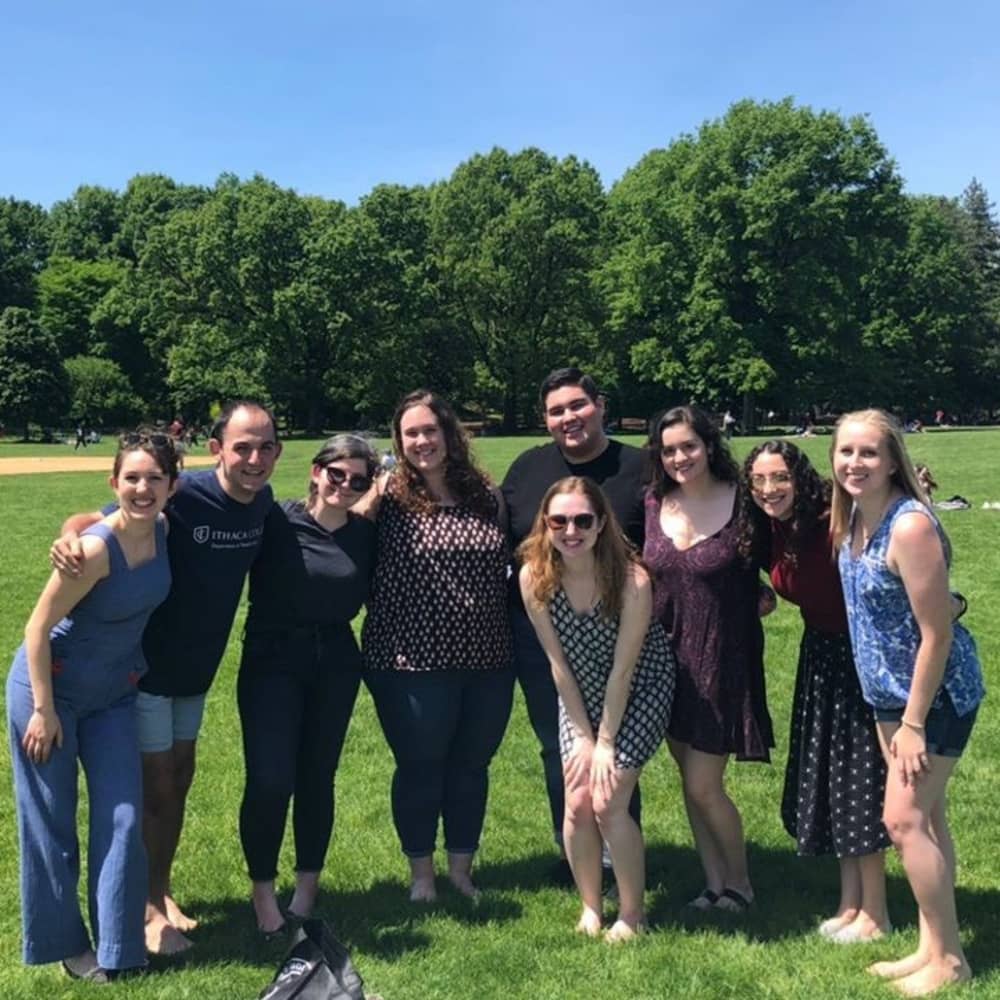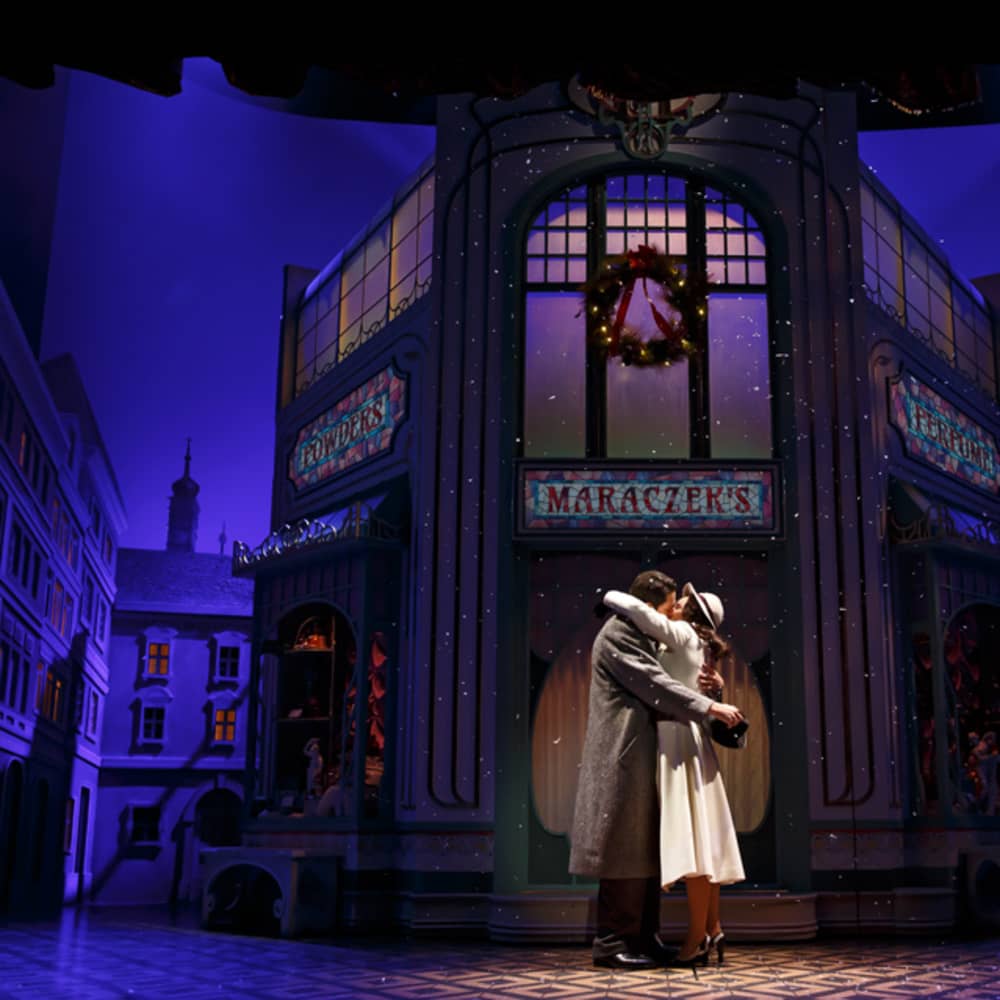Arts Integration in ANY Classroom
Posted on: September 11, 2024
Theatre is often thought of as an elective class, or an after-school club. But theatre can be integrated in any core class, increasing students’ engagement with material and enhancing their understanding of concepts. Last spring, students in Repertory Company High School for Theatre Arts experienced this firsthand in their economics class.
How does a playwright use a financial situation to create a strong conflict? And how does a young artist use personal goals and values to make money decisions? Students answered these questions during a residency with Teaching Artist and director/dramaturg Leah Reddy, an Accredited Financial Counselor with the Association for Financial Counseling & Planning Education®.

Photo by Dainique Jones
This residency was part of a tenth-grade economics course taught by Ian Weissman with special education support from Malik Bell. In New York State, students are required to take a one-half credit economics course, into which personal finance education is embedded. This is considered inadequate by most financial education organizations, which advocate for a standalone one-semester personal finance course for high school students and personal finance standards embedded throughout the lower grade curricula. Read more about that here and here.
One major challenge in personal finance education is making it relevant to the lives of the students, especially those in the 10th grade. Though some have jobs, many do not. They’re still two years away from college decisions. And as students at a theatre high school, they’re focused on launching their artistic careers, not on how interest rates affect their lives.

Photo by Dainique Jones
To engage students, we pursued two big ideas. First, we made financial learning authentic to students’ current and future lives. For example, we started the residency by asking students to identify their dream theatre career. Students then analyzed two union contracts - one Off Broadway, one in a LORT A theatre outside of New York - and weighed the financial benefits of each contract alongside their career goals. Which would they choose? In the next classes, we zoomed out and used paper cups of Skittles to understand how income taxes are calculated (learn about the marginal tax rate, if you’re curious) and how much money these contracts would net the artists. By using authentic professional contracts, students connected big financial concepts to personal aspirations.
Secondly, we focused our artistic work on playwriting, which puts students in control of making decisions for their characters. This parallels how they’ll make financial decisions for themselves as adults, and also encourages them to look at financial conflicts and decisions from multiple points of view. Students read excerpts from published plays and analyzed how conflict developed around financial situations, and what made a strong conflict in a play.
As the residency progressed, students worked in groups to write and perform scenes of families experiencing conflict as a result of finances. One group set their scene in the former Soviet Union, just after the fall of Communism, and explored the financial consequences of a drug addiction. Others took a more comedic approach; in GRWM to Cause a Family Financial Crisis, a spoiled tween almost bankrupts her family with her Sephora addiction. Some scenes had a resolution and some did not, but all showed students using their artistry to think critically about the financial choices we all make.

Photo by Dainique Jones




